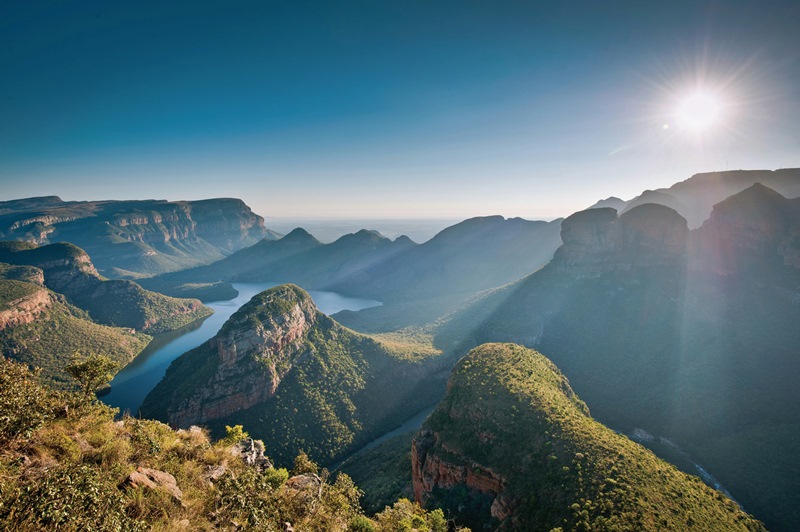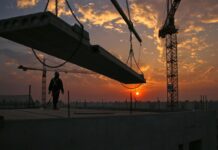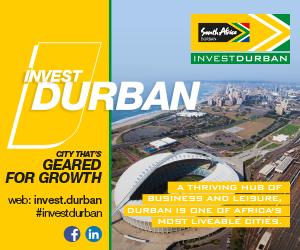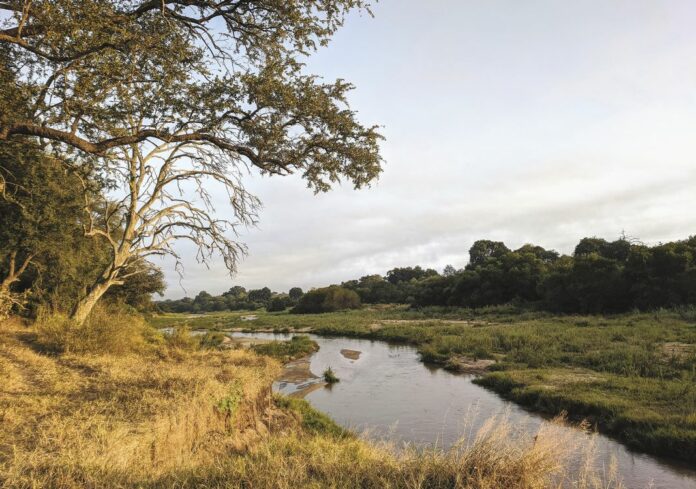
Partnerships are springing into being in every sector of the economy. Whether they are between government agencies, research institutes or between local and international companies, collaboration is all the rage. And the province of Mpumalanga is leading the way.
With Mpumalanga’s economy being so strongly geared towards coal (in mining and for energy generation) it makes sense that actors in a variety of sectors should be finding ways to work together to transition to a greener future.
At national level, President Ramaphosa was an invited guest in June 2023 to the Summit for a New Global Financing Pact in Paris, partly at least because South Africa is partnering with several European countries and international institutions in green financing arrangements. Various other countries are taking their lead from the Just Energy Transition Partnership whereby South Africa will get $8.5-billion in financing provided by France, Germany, the United Kingdom, the United States and the European Union.
Separate to that deal, the prime ministers of the Netherlands and Denmark came to South Africa to sign an agreement to start a green hydrogen fund to be known as the SA-H2. Concession funding from the Netherlands will also be made available for water and energy infrastructure while Mpumalanga’s Grootvlei power station, earmarked for closure or conversion, will be the site of a pilot project focussed on growing food in greenhouses, hopefully providing jobs for those who lose their jobs related to coal.
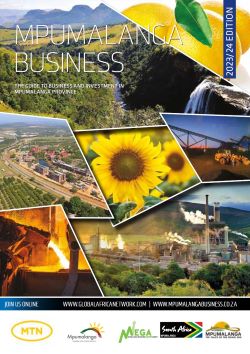 Sasol is engaging in new partnerships with increasing frequency, as outlined in some detail in the Oil and Gas sector overview in the 2023/24 edition Mpumalanga Business journal. From green hydrogen to sustainable aviation fuel (SAF), South Africa’s biggest chemicals and energy company is signing agreements with Germans and Danes while cooperating with entrepreneurial technical startups out of Oxford University.
Sasol is engaging in new partnerships with increasing frequency, as outlined in some detail in the Oil and Gas sector overview in the 2023/24 edition Mpumalanga Business journal. From green hydrogen to sustainable aviation fuel (SAF), South Africa’s biggest chemicals and energy company is signing agreements with Germans and Danes while cooperating with entrepreneurial technical startups out of Oxford University.
The field is ripe for innovation and partnerships are speeding up the process of discovery. MTN, Huwaei and Minetech Smart Mining are working together in a 5G pilot project at an Mpumalanga coal mine.
Even in winding down old resources, partnerships have been chosen as the preferred method. A Mine Water Coordinating Body (MWCB) has successfully been launched to help manage the after-effects of the closure of mines and power stations. Many of Mpumalanga’s coal-fired power stations are either in the process of being closed or will shortly be shut down and the same is true of some coal mines that have reached the end of their lives. Eskom, together with mining houses Exxaro, Glencore and Thungela Resources, formed the MWCB to address environmental and socio-economic challenges that might arise.
Issues such as water also fall under the ambit of a broader mine-industry related coalition known as the Impact Catalyst which has been launched in Mpumalanga.
Local green moves
The Provincial Government of Mpumalanga has established the Mpumalanga Green Cluster Agency to bring together government, academia and industry to create the environment for businesses to develop in a green economy.
The Cluster, an initiative of the Mpumalanga Department of Economic Development and Tourism with the support of GreenCape and the Deutsche Gesellschaft für Internationale Zusammenarbeit (GIZ), has joined the International Cleantech Network, a group that has 15 000 businesses affiliated to it across the globe.
National utility Eskom is also moving into the new era, partly through a process whereby the entity will be broken into three more competitive units, but more immediately through the announcement of 18 winning bids from independent power producers (IPPs) for renewable projects on Eskom land, 4 000 ha of which the utility has made available for this first phase. Eskom owns 36 000 ha in the province. A total of 1 800 MW will become available to the grid and it will be cheaper to transmit because the solar or wind plants will be right next to the existing Eskom transmission lines.
Ten coal plants are due to be closed by 2040, with four Mpumalanga plants (Hendrina, Grootvlei, Camden and Komati) first in line. Eskom is undertaking studies to assess the potential impact on local communities of these closures. Options to get these plants producing energy again include gas, biomass and hydrogen but it is possible they might be used for something quite different. Eskom wants to be a net-zero company by 2050.
The Provincial Government of Mpumalanga has established the Mpumalanga Green Cluster Agency to bring together government, academia and industry to create the environment for businesses to develop in a green economy.
National government’s Renewable Energy Independent Power Producer Procurement Programme (REIPPPP) has seen the investment into this totally new sector of more than R200-billion since 2012 and South Africa is now home to 112 IPPs, whereas just 12 years ago there were fewer than 40 in Sub-Saharan Africa.
The relaxation by national government of the rules regarding setting up a power plant of 100 MW or less is well suited to the requirements of big timber-processing companies such as Sappi and PG Bison and all the large mining concerns that are active in Mpumalanga. Sappi is a partner in a 25 MW biogas energy facility at it’s Ngodwana Mill.

Investment options
Several infrastructure investment projects in the tourism sector have been put forward by the Mpumalanga Economic Growth Agency (MEGA). There is a special focus on BRICS countries and the province was glad to welcome the announcement of a new flight into Kruger Mpumalanga International Airport in 2022 by the tourist division of Lufthansa, Eurowings Discover.
The TRILAND partnership with Eswatini and Mozambique is another avenue, as is the collaboration with KwaZulu-Natal, Eswatini, Mozambique and the Seychelles.
MEGA is an equity investor in a number of Mpumalanga concerns, including Afrimat, Highveld Fruit Packers, Kangwane Anthracite, Loopspruit Winery and Tekwane Lemon Farm.
In the Nkangala District Municipality, a public-private partnership is due to deliver a hotel and conference centre in the town of Middelburg in the Steve Tshwete Local Municipality. It may seem ironic that R350-million is to be spent on a Radisson-branded hotel in the aftermath of Covid-19 but conferences and tourism will return.
Elsewhere, mining and timber companies are making large investments in increased production or in extending the life of mines.
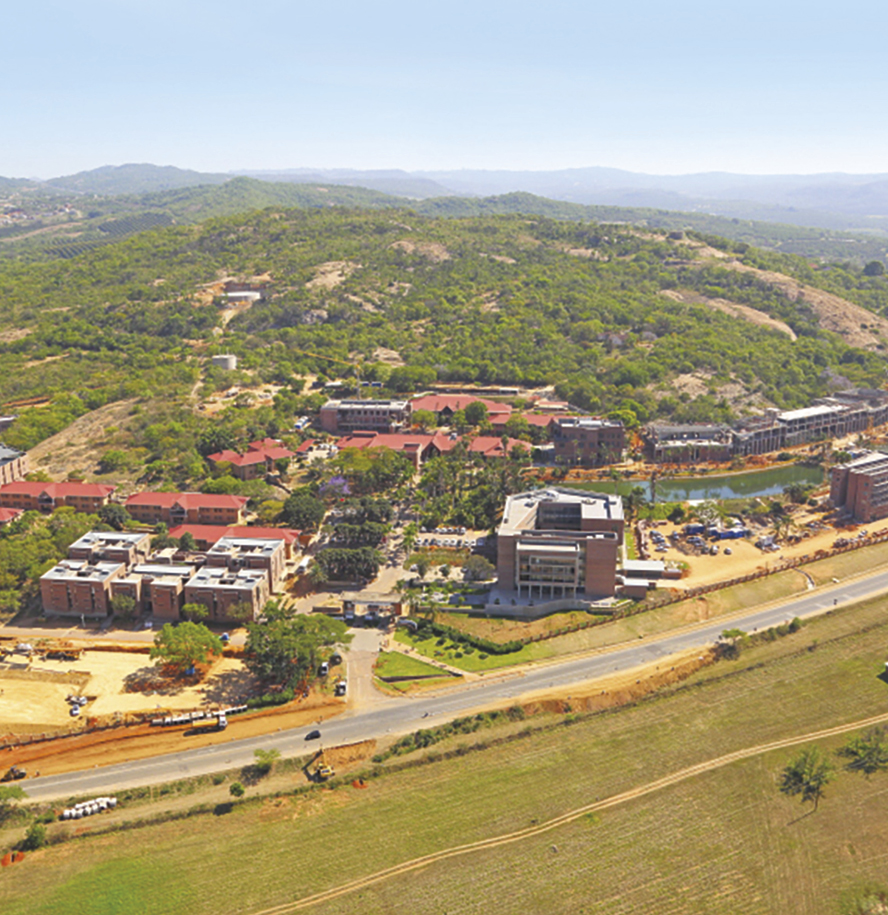
A major concern for provincial planners is to diversify the economy and to grow the manufacturing sector. The Mpumalanga Economic Growth and Development Path (MEGDP) identifies beneficiation, agro-processing and the development of value chains as priorities. Various industrial parks are planned which will focus on agriculture and forestry, mining and metals and petrochemicals. An International Fresh Produce Market in Nelspruit and the planned Nkomazi SEZ (Special Economic Zone) are other priorities.
Steel and associated manufacturing remains one of the province’s strong suits and Mpumalanga has rich and varied mineral resources and fertile soil that support diverse farming operations, agriprocessing and forestry. The province also hosts large companies in the manufacturing sector such as Middelburg Ferrochrome and the Manganese Metal Company.
The province’s rich agricultural produce is used by companies such as McCain, Nestlé and PepsiCo and there are also pulp and paper plants (Sappi and Mondi), with PG Bison set to start producing more than 1000m³/d per annum at its Mkhondo particleboard plant after two investment injections of R600-million (on a press and forming line) and R560-million (on a front-end dryer).
York Timbers is another forestry company and the sugar mills and refinery of RCL Foods (formerly TSB Sugar) along with fertiliser facilities and textile manufacturing concerns are all contributors to the provincial economy.
The southern half of the eastern limb of the platinum-rich Bushveld Igneous Complex runs south towards the towns of Lydenburg and Machadodorp. Deposits of chromite, magnetite and vanadium in this area are the basis of the ferro-alloy complex in Witbank-Middelburg and Lydenburg.
The town of eMalahleni is the centre of the coal industry. Other minerals found in the province include gold, platinum-group minerals, chromite, zinc, cobalt, copper, iron and manganese.
Middelburg is home to Columbus Stainless, South Africa’s only producer of stainless steel, and several big engineering works. It is about 130 km from Pretoria and less than three hours’ drive from the Malelane Gate of the Kruger National Park.
The Kruger National Park remains the province’s most-visited asset but the decision by UNESCO to afford World Heritage Site status to the Makhonjwa Mountains near Barberton will boost geological tourism to the province and supports the efforts of the province to diversify its offerings. Major projects to improve tourist experiences are underway at the Graskop Gorge (where a transparent lift takes tourists into the depths of the gorge), a Skywalk is to be built at God’s Window and a cable car is planned for Three Rondavels.
The international body’s decision has also had the effect of expanding the curriculum at the University of Mpumalanga. On the basis of the UNESCO ruling, UMP has a new offering in geology as part of a BSc degree.
